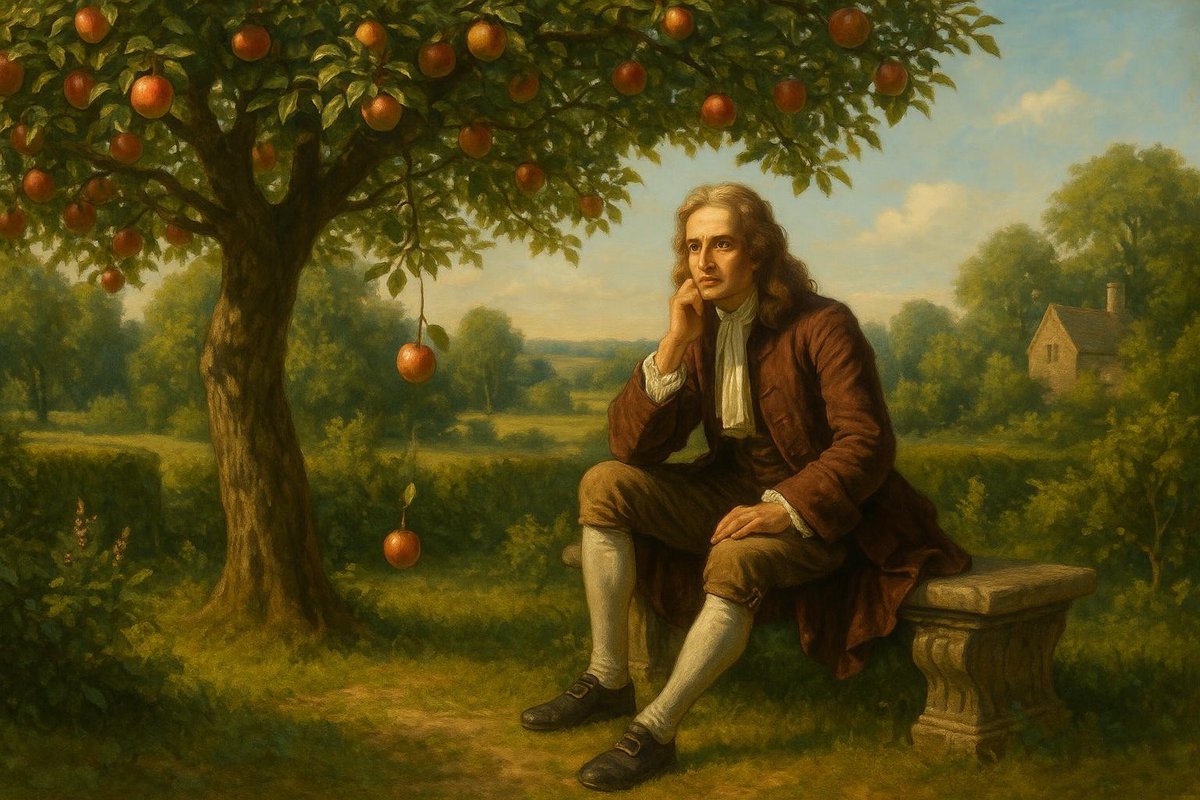
Why Does the Apple Fall? The Problem Context
Have you ever wondered why an apple falls straight to the ground rather than drifting sideways or upwards? This simple question has intrigued thinkers for centuries. Before gravity became a household word, people viewed the world through the lens of ancient Greek philosophies and medieval beliefs, where heavenly bodies moved in perfect spheres and earthly objects behaved differently. It wasn’t until the 17th century that the world started to unravel the mystery behind these movements.
At the time, many people believed in Aristotle’s idea that heavier objects fall faster than lighter ones. However, observations from the dropping of cannonballs challenged this notion. Galileo, in particular, conducted experiments showing that objects fall at the same rate regardless of their masses.
- Imagine two apples: one large, one small. According to Aristotle, the larger apple should fall faster, but experiments showed otherwise.
- Galileo’s insights suggested a need for a new understanding of motion and forces.
The world was ripe for a new perspective, paving the way for Isaac Newton’s revolutionary ideas.
Theoretical Breakthrough: Newton’s Insights
Isaac Newton, a curious and contemplative thinker, pondered the forces at play. Legend has it, while he sat under an apple tree, an apple fell, sparking his curiosity about the force behind it. This anecdote, while perhaps romanticized, captures the essence of Newton’s deep thinking.
Newton proposed that the same force pulling the apple to the ground also governs the motion of the moon around Earth. This was a groundbreaking idea, suggesting a universal force acting on all matter.
- Imagine gravity as an invisible thread tying everything to everything else, from apples to planets.
- Newton’s law of universal gravitation states that every mass attracts every other mass in the universe.
His publication Philosophiæ Naturalis Principia Mathematica in 1687 laid the foundations for classical mechanics. Newton’s laws transformed our understanding of motion and introduced a mathematical framework for predicting the movements of celestial bodies.
Supporting Evidence: Proving the Theory
Newton didn’t just hypothesize; he backed his theory with mathematical rigor. His calculations could predict planetary orbits, explaining why planets move in elliptical shapes rather than perfect circles. This matched the observational data collected by astronomers like Johannes Kepler.
Newton’s gravity could explain tides, the motion of comets, and the precession of the equinoxes. His ideas were in stark contrast with previous beliefs that heavenly phenomena had fundamentally different rules.
- Think of Newton’s laws like a set of rules for a cosmic game of billiards, predicting collisions and paths with precision.
- His model unified terrestrial and celestial mechanics, a significant leap in scientific thinking.
The acceptance of Newton’s ideas marked a pivotal shift in science, demonstrating the power of mathematical principles to describe the natural world.
Modern Relevance: Gravity Today
Many people believe that Einstein’s theory of relativity replaced Newton’s laws, yet they remain fundamental to our understanding of the universe. Newtonian physics is still vital in engineering, astronomy, and athletics, providing approximations that are “good enough” for many practical applications.
Interestingly, the International Space Station, satellites, and even sports dynamics rely on Newton’s insights for calculations and predictions. Our GPS systems, for example, adjust for gravitational effects to provide accurate location data.
- Consider how engineers use Newton’s laws to design roller coasters, ensuring thrilling yet safe experiences.
- From launching rockets to understanding black holes, Newton’s legacy endures, blending seamlessly with modern theories.
Though Einstein added nuances to our understanding of gravity, Newton’s work remains a cornerstone of physics, symbolizing the power of curiosity-driven inquiry.
In conclusion, Isaac Newton’s discovery of gravity was more than a scientific breakthrough — it was a testament to the power of observation and curiosity. His laws continue to illuminate our understanding, bridging the past and present in the endless pursuit of knowledge.
Fuel Someone Else’s Curiosity
Feeling inspired by Newton’s journey? Share this article with a friend or family member. Spark a conversation about the wonders of gravity and encourage someone else to explore the fascinating world of science. Remember, curiosity is contagious — let’s spread it together!

Leave a Reply